While renting a property can involve too many hassles like dealing with brokers, rental agreements, rent arrears, and whatnot. Now out of all these things to take care of there is one such compliance is TDS under section 194IB. Now when we hear about TDS and tax compliance many times we get worried about the procedures and due dates. Well in this article we have listed all about TDS against rent for individuals and individuals.
Who is Responsible to Deduct TDS Under Section 194IB?
194IB deals with tax deducted at source on payment of rent by the tenant. Section 194IB covered residential property given to an individual or a HUF on rent. On the 1st June of 2017 section, 194IB was inserted with the objective to curb tax evasion by individual and HUF taxpayers on rental income.
Any person who is responsible for paying an income as rent to a resident of India must deduct TDS. Here the term ‘any person’ includes an individual and a HUF paying the rent as a tenant. Such an individual and HUF must not be liable for tax audits during the financial year. Even a salaried taxpayer who is claiming HRA or deduction against rent must deduct TDS and follow the mandatory compliances.
Further, an individual and HUF is responsible for tax audit under section 44AB if:
- total sales, gross receipts, or turnover from the business in excess of Rs 1 crore.
- total sales, gross receipts, or turnover from the profession exceeding Rs 50 lakhs.
What is the limit to deduct TDS u/s 194IB against Rent?
The provisions of section 194IB are applicable if the rent amount exceeds Rs 50,000 for a month or part of a month during the previous year. The rent must be against residential property and the owner is a resident of India.
TDS must be deducted at a rate of 5% of the rent amount if the landlord provides his/ her PAN number. In case the landlord fails to provide the PAN then you need to deduct TDS at a rate of 20%. However, the TDS amount must not exceed rent payable for the last month of the previous year or last month of tenancy.
Moreover, “rent” means any payment, by whatever name called, under any lease, sub-lease, tenancy, or any other agreement or arrangement for the use of any land or building or both.
When to Deduct TDS Under Section 194IB?
You must deduct TDS on rent amount:
- at the time of credit of rental income to the account of the payee i.e. owner of the property. You need to deduct TDS at the time of credit of rent for the last month of the previous year or the last month of tenancy. You must consider the last month of the tenancy if the property is vacated during the year.
- At the time of payment in cash or by an issue of a cheque or draft or by any other mode
Whichever is earlier
Let us understand the concept with the help of the following examples:
Case-1 Property is occupied for the entire financial year
Mr. Ajay is the owner of the property. He rents out the property from 1st April 2020 to 31st March 2021. Mr. Arun for a rent of Rs 60,000 per month. Here Mr. Arun being the tenant is responsible for deducting the TDS as he is responsible for paying the rental income. The financial year 2020-21 ends on 31st March 2021.
Mr. Arun must deduct TDS at the time of credit of rental income for the month of March 2021. The total rent paid for the financial year is Rs 6,00,000 (Rs 60,000 per month * 12 months). Hence he must deduct Rs 36,000 (Rs 6,00,000 * TDS @ 5%) and pay Rs 24,000 as net rent for the month of March (Rs 60,000 – TDS Rs 36,000).
Case-1 Property is vacant for a few months during the financial year
Mr. Ajay is the owner of the property. He rents out the property from 1st April 2020 to 31st December 2020. Mr. Arun for a rent of Rs 52,000 per month. Mr. Arun is liable to deduct TDS while paying rent to Mr. Ajay.
Since the property is vacant for a part of the financial year TDS must be deducted in the last month of tenancy. Mr. Arun must deduct TDS at the time of credit of rental income for the month of tenancy i.e. December 2020. The total rent paid for the period of April 2020 till December 2020 is Rs 5,20,000 (Rs 52,000 per month * 10 months). Hence he must deduct Rs 31,200 (Rs 5,20,000 * TDS @ 5%) and pay Rs 20,800 as net rent for the month of December (Rs 52,000 – TDS Rs 31,200).
TDS Payment, Return, and Certificate Rules against Rent u/s 194IB
The following provisions apply to the person responsible for the deduction of TDS under section 194IB:
- The amount deducted as TDS under section 194IB must be deposited within 30 days from the date of deduction of such TDS.
- To deposit the amount of TDS deducted the tenant must submit a challan-cum-statement in Form No. 26QC.
- The tenant must deposit the TDS in Form No. 26QC electronically to the credit of Central Government. Such credit must be by remitting into the Reserve Bank of India or the State Bank of India or any authorized bank.
- Every person who deducts TDS under section 194IB must provide the payee or the owner a TDS certificate in Form No. 16C. The TDS certificate must be provided within 15 days from the due date for furnishing the Challan-cum-statement in Form No. 26QC. You can generate and download Form No. 16C from the web portal. The portal must be specified by the Principal Director General of Income-tax (Systems) or the Director-General of Income-tax (Systems) or the person authorized by him.
- The payer or the tenant needs to apply for TAN to deduct TDS or submit a TDS return. Form No. 26QC can be submitted by providing the details of challans.
Penalty for non-deduction, delay in deposit, and filing of TDS return
You must always remember the due date for deducting and depositing TDS along with submitting the TDS return. A delay or failure in compliance with such due dates will result in interest and penalties. The following are such interest and penalties:
- If you fail to deduct the TDS on or before the due date then you will have to pay an interest of 1% per month or part thereof on the TDS amount. The interest will be applicable from the date on which you should have deducted TDS till date the actual date of deduction
- If you deduct the TDS but fail to deposit it to the credit of the Central Government then you need to pay an interest of 1.5% per month or part thereof on the TDS amount. The interest will be applicable from the due date of depositing TDS till the on which TDS is actually deposited.
- Since you are also liable to file a TDS return in Form No. 26QC a delay in submitting it will also attract penalties. The penalty will be Rs 200 per day from the due date of filing TDS return till the date of filing. The amount of penalty cannot exceed the total TDS amount.
What is the difference between Section 194I and Section 194IB?
| Parameters | Section 194I | Section 194IB |
| Applicability | Applicable to any person being a resident including an individual and HUF who is liable for tax audit | Applicable to a resident individual and HUF who is not liable to tax audit under section 44AB |
| When to Deduct TDS? | At the time of credit of rent or payment in cash or any other mode, whichever is earlier | Last month of the financial year or last month of tenancy |
| Rate of TDS | 10% on land or building or both10% on furniture or fittings2% on any machinery or plant or equipment | 5% on land or building or both |
| Monetary Limit | Rent of Rs 2,40,000 for the financial year | Rent of Rs 50,000 per month |
| TAN | Mandatory | Not Required |
| TDS Certificate | Form 16A | Form 16C |
| TDS Return | Form 26Q | Form 26QC |
Learn TDS on Commission
Popular Income Tax Sections
Related Articles
- Who is Responsible to Deduct TDS Under Section 194IB?
- What is the limit to deduct TDS u/s 194IB against Rent?
- When to Deduct TDS Under Section 194IB?
- Case-1 Property is vacant for a few months during the financial year
- TDS Payment, Return, and Certificate Rules against Rent u/s 194IB
- Penalty for non-deduction, delay in deposit, and filing of TDS return
- What is the difference between Section 194I and Section 194IB?











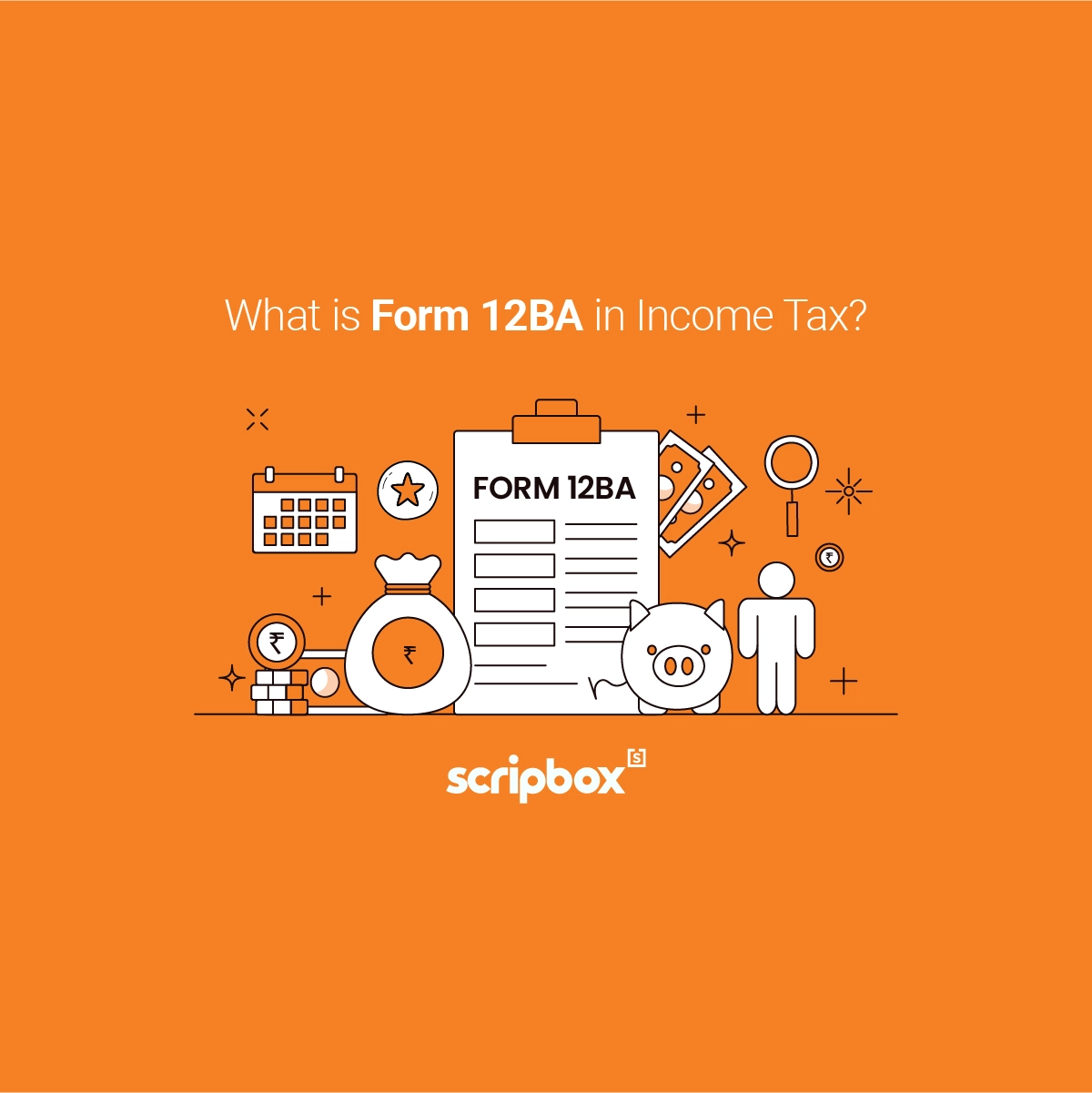
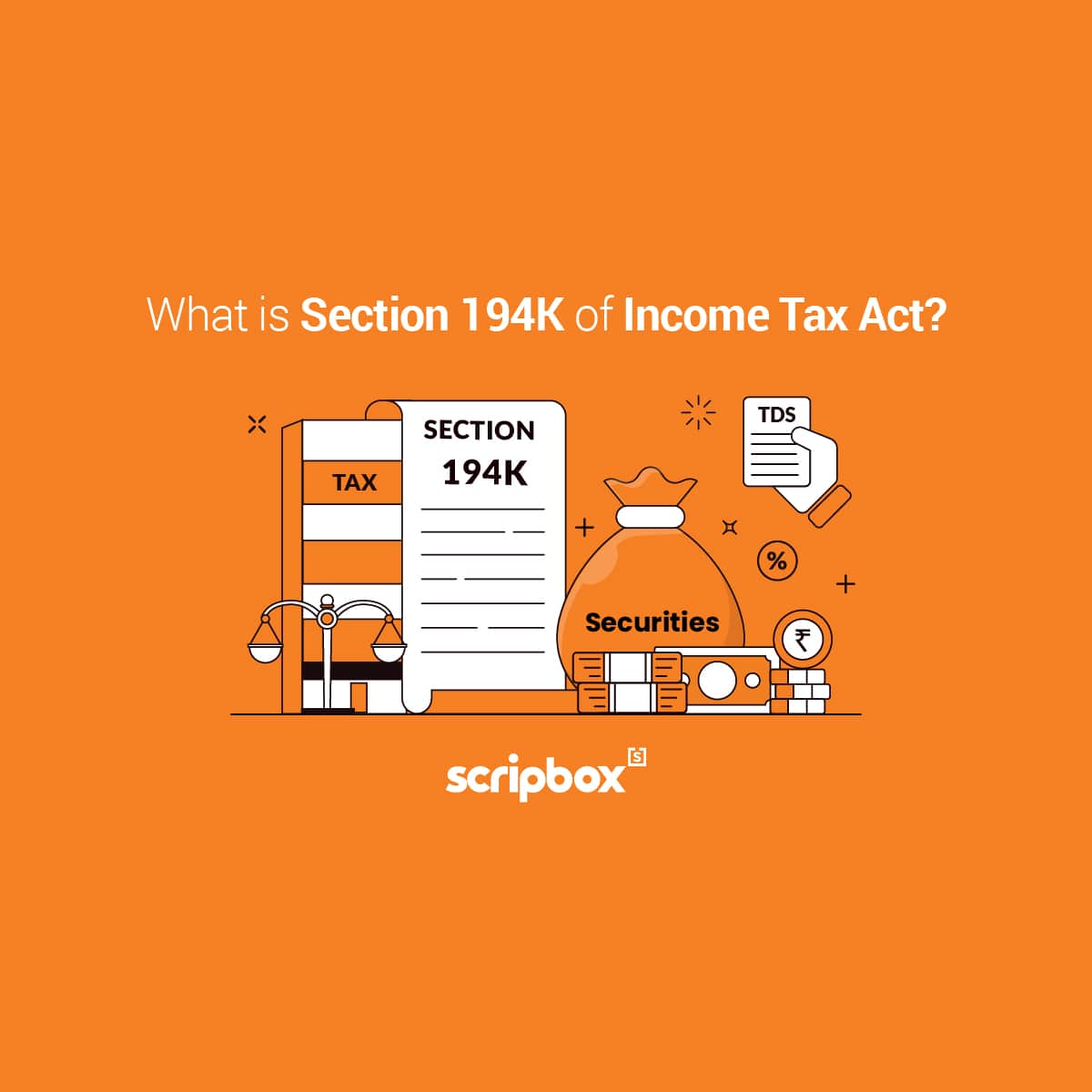
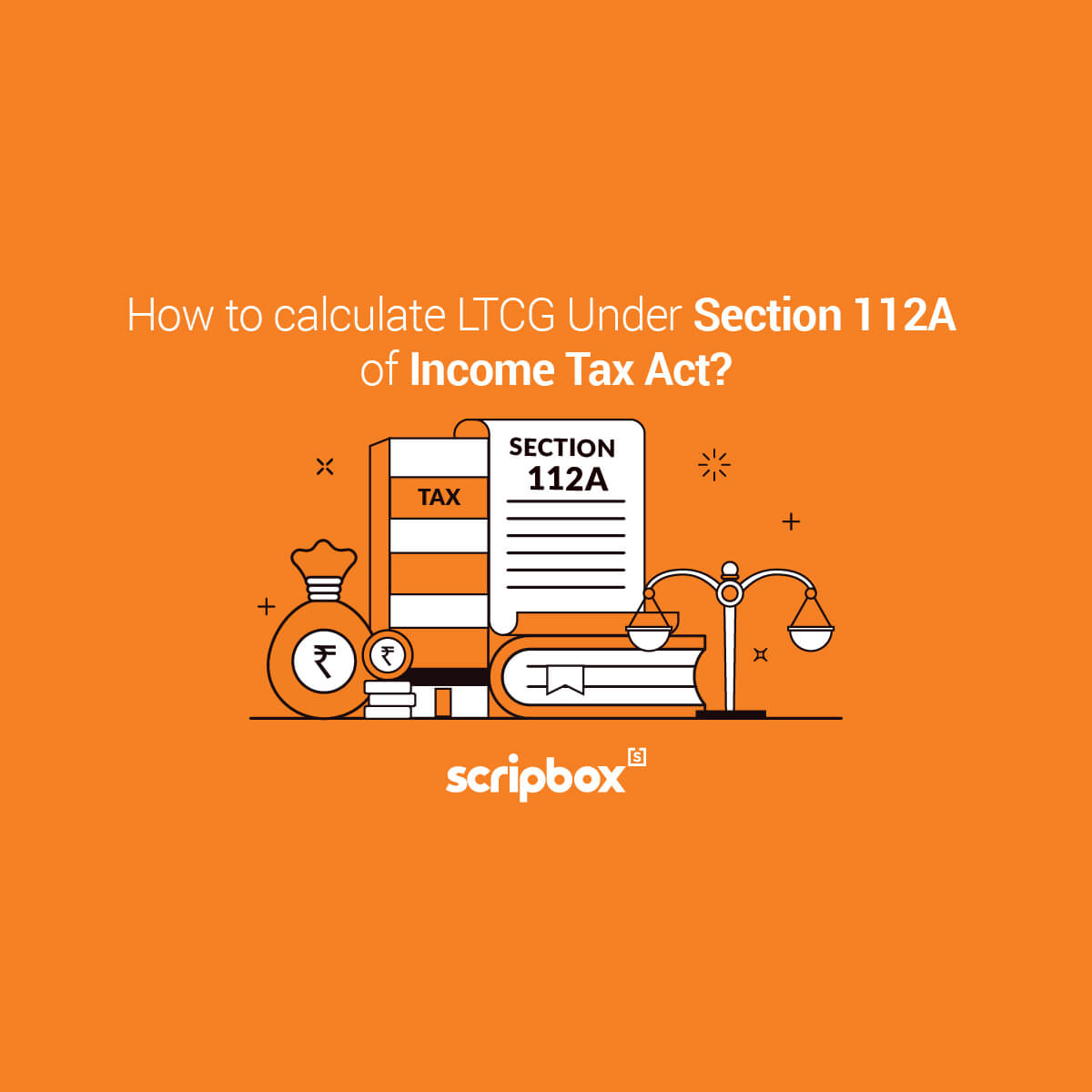
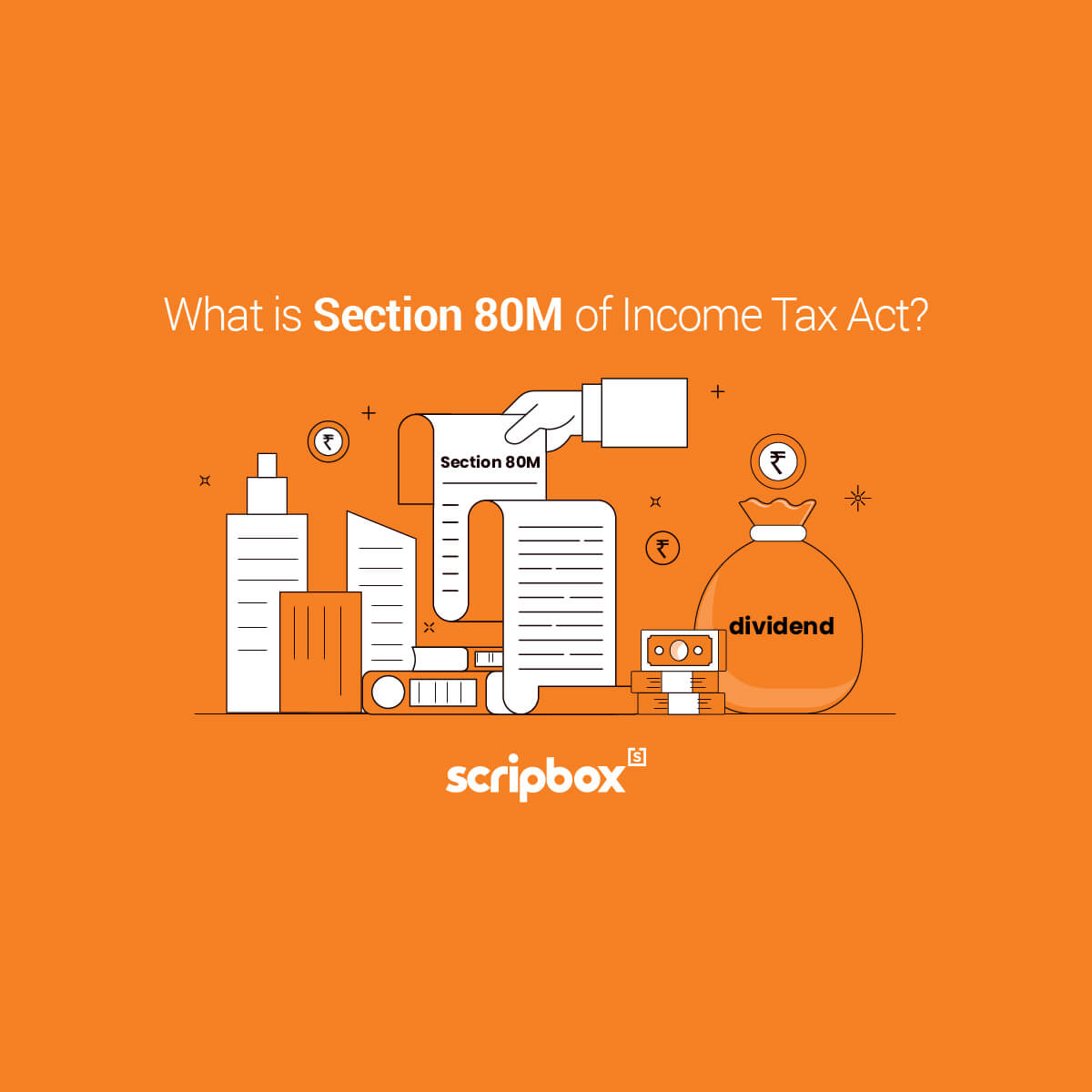
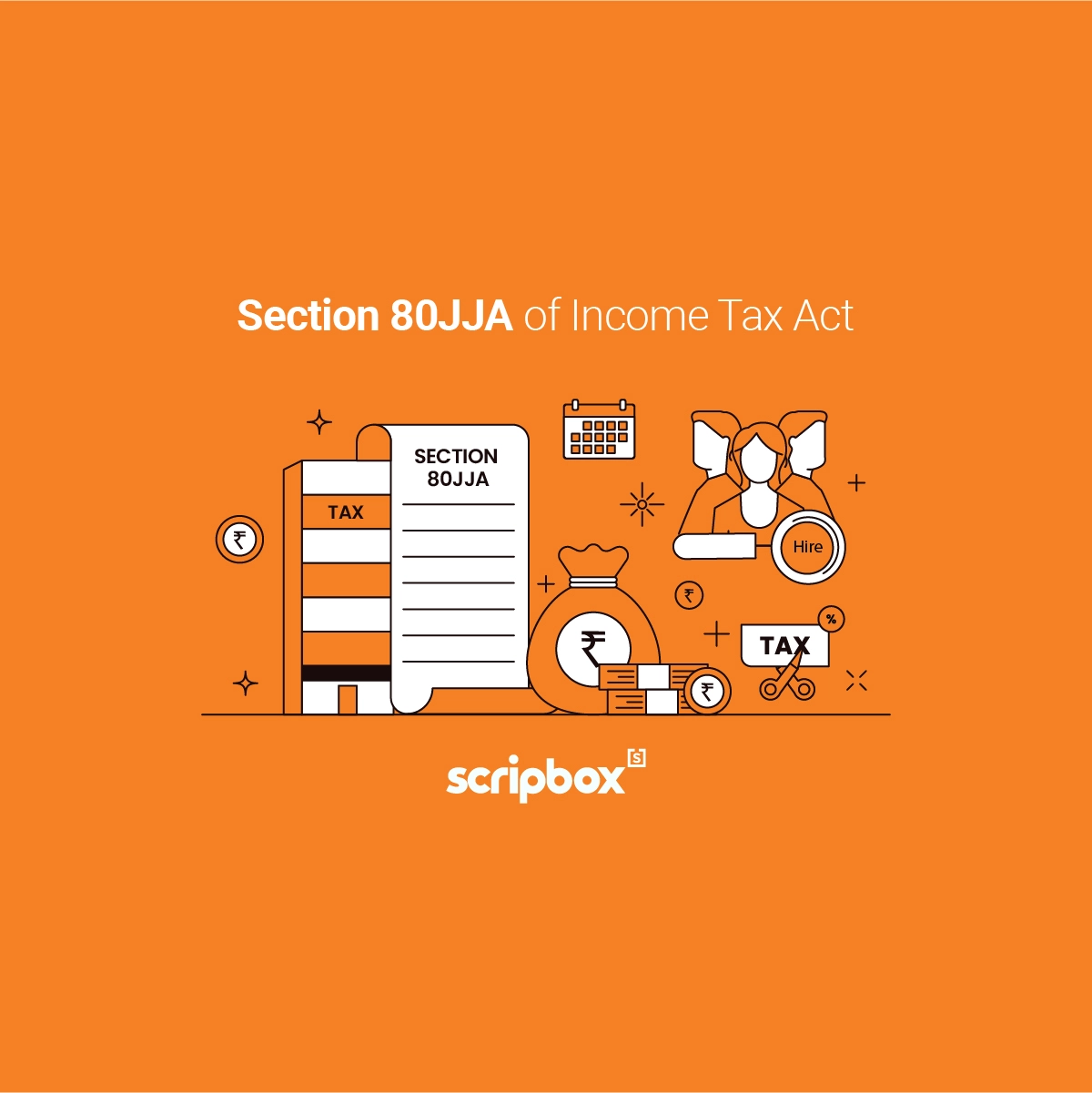
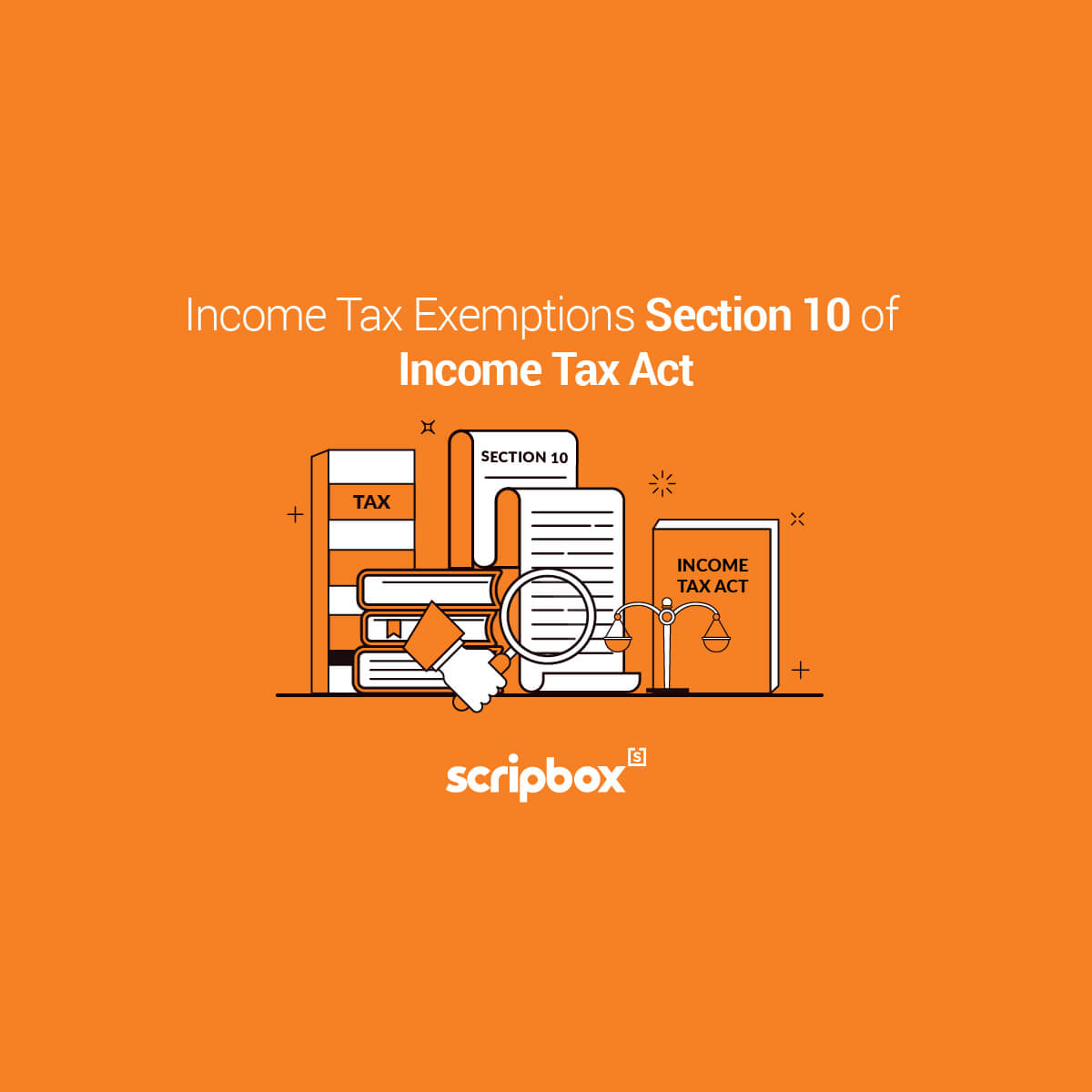






Show comments